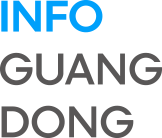
The 2025 Shenzhen International Optics Fair and Smart Wearable Expo opened yesterday at the Shenzhen Convention and Exhibition Center in Futian District, attracting over 200 exhibitors from more than 20 countries and over 30,000 professional visitors.
Centered on the theme "Traditional Eyewear + Smart Wearables," the three-day event highlights the latest innovations and emerging trends, underscoring Shenzhen's growing stature as a global hub for eyewear manufacturing and technology.
Covering 15,000 square meters, the expo features nine major zones that span the entire eyewear industry value chain. These include a Brand Zone showcasing high-end manufacturing capabilities, an Optometry Zone focusing on cutting-edge vision health technologies, and an AI Eyewear Zone spotlighting pioneering advances in artificial intelligence (AI), augmented reality (AR), and virtual reality (VR).
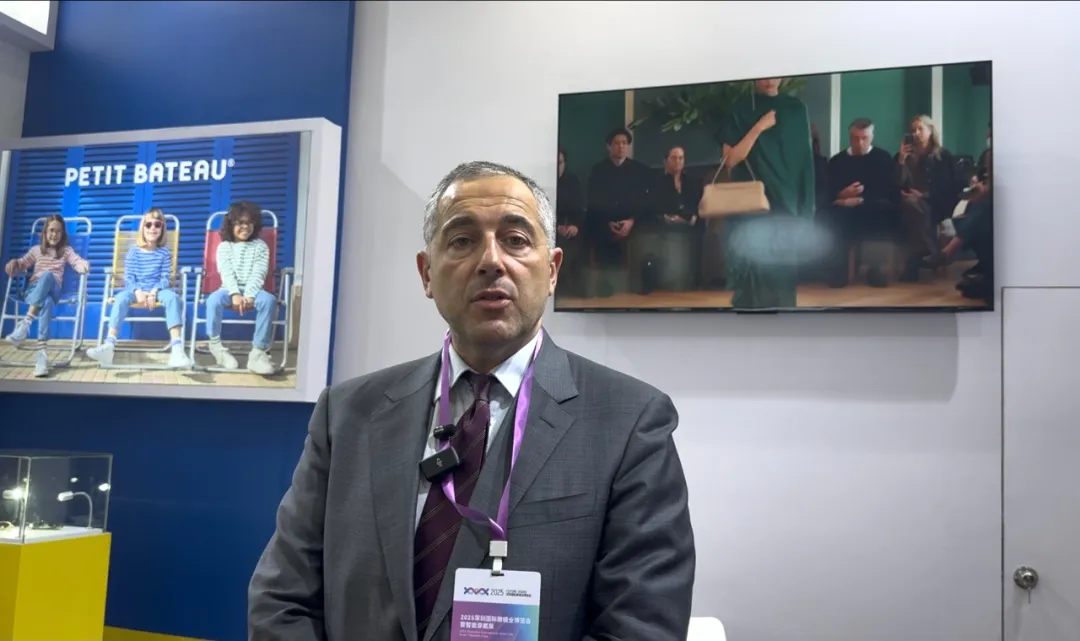
Nicolas Berdugo, CEO of French eyewear firm SEAPORT, is interviewed by reporters at the expo.
At the opening ceremony, Nicolas Berdugo, CEO of French eyewear firm SEAPORT, expressed optimism about the expo's impact.
"This is an international eyewear fair and a great opportunity for us to connect with key industry players both regionally and globally, creating new business opportunities together," he said. Berdugo noted that SEAPORT plans to deepen collaborations with Shenzhen manufacturers to expand its presence in Chinese and help his Shenzhen partners enter European markets.
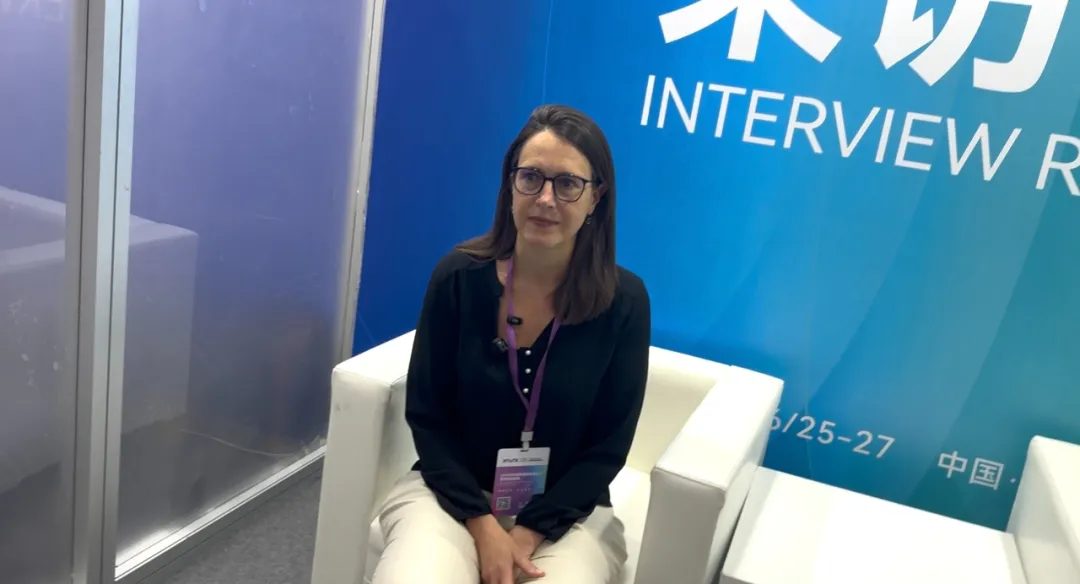
Valerie Riffaud Cangelosi, CEO of French consulting firm REAPSE, speaks with Shenzhen Daily during the expo.
Valerie Riffaud Cangelosi, CEO of French consulting firm REAPSE and a leading European smart glasses expert, highlighted the industry's decade-long efforts to establish benchmarks for smart glasses technology and coordinated global advancements in intelligent eyewear.
"Since last year, there has been significant development here, especially in AI glasses. Shenzhen has been a center for smart glasses production, including high-end AR devices, and now it's embracing the immense market opportunities presented by AI glasses," she told Shenzhen Daily.
A standout feature of this year's expo is the "45 Years of Longgang Eyewear Development" exhibition. It chronicles Longgang District's rise from a modest manufacturing hub in 1983 to a global powerhouse in mid-to-high-end eyewear production. The display traces the area's evolution from contract manufacturing to brand creation and smart technology adoption, highlighting Longgang's vital role in the global eyewear industry.
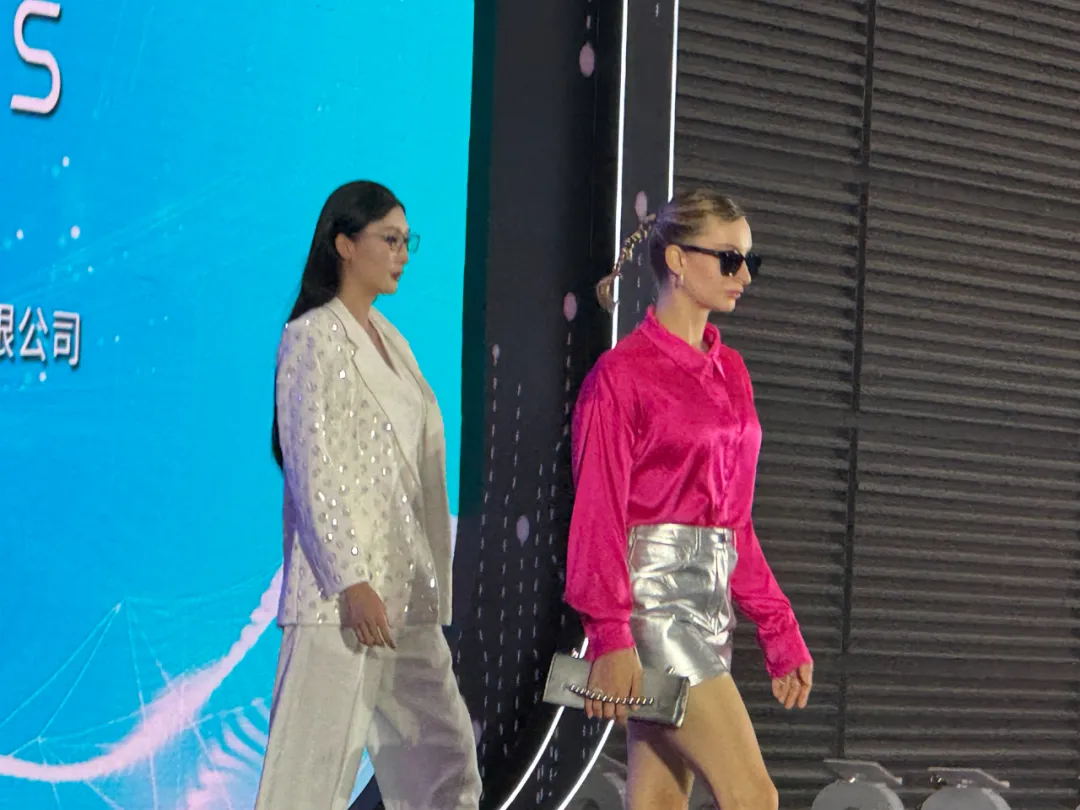
Models showcase the latest eyewear trends on the runway at the 2025 Shenzhen International Optics Fair and Smart Wearable Expo.
The expo also puts a spotlight on the rapidly accelerating integration of AI with traditional eyewear craftsmanship. The dedicated "AI Eyewear Industry Chain Map" zone presents a comprehensive technology ecosystem — from chip design and sensor manufacturing to device assembly — where leading companies showcase their latest innovations. Notably, Loho Group unveiled China's first mass-produced AI smart glasses, which combine features such as photo and video capture, audio recording, translation, object recognition, and human-computer interaction. Powered by mobile internet, big data, and AI, these glasses aim to redefine the user experience.
Consumer AR leader RayNeo introduced new models including the RayNeo X3 Pro, Air 3s, and V3 Slim, which recently topped sales charts on JD.com and Tmall's XR platforms during the 618 online shopping festival. Additional standout AI-enabled products — such as smart camera glasses and intelligent audio eyewear — demonstrate the rapid technological innovation reshaping the sector.
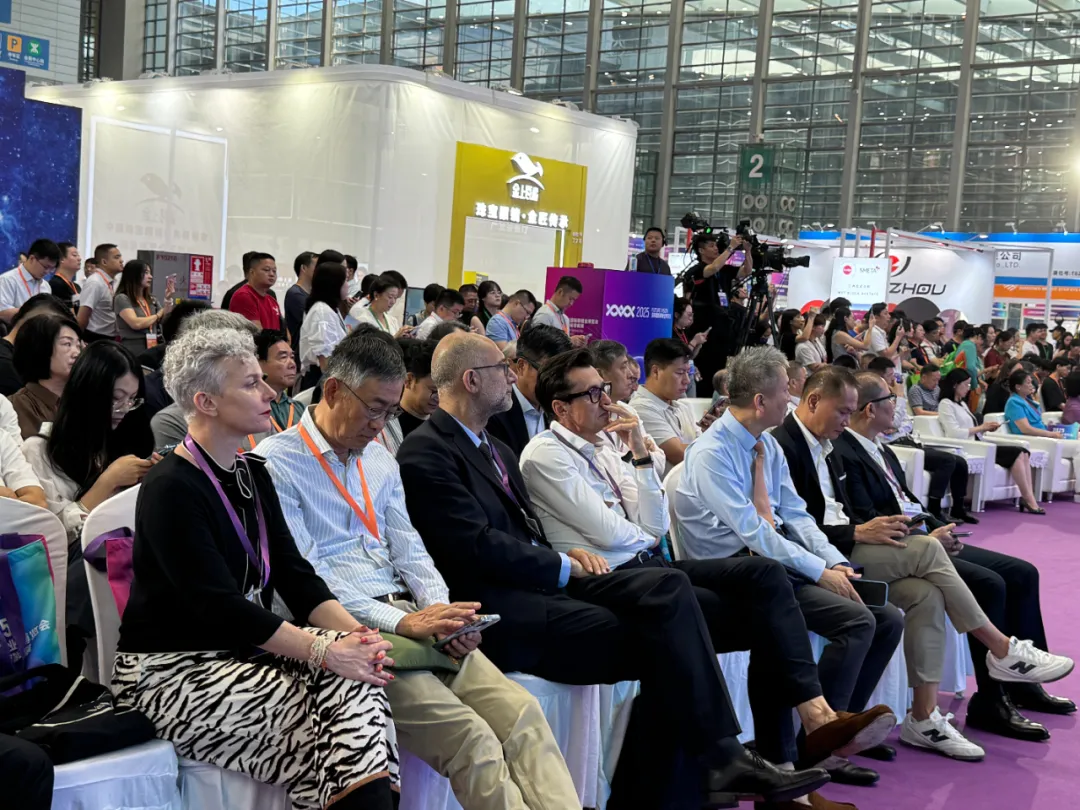
International and local attendees listen to presentations during the opening day of the 2025 Shenzhen International Optics Fair and Smart Wearable Expo at the Shenzhen Convention and Exhibition Center in Futian.
As one of the world's largest eyewear manufacturing hubs, Shenzhen produces 125 million pairs of glasses annually, generating an output value exceeding 15 billion yuan (US$2.09 billion) each year, which represents 50% of the global mid-to-high-end eyewear market, according to the Shenzhen Optical Association.
